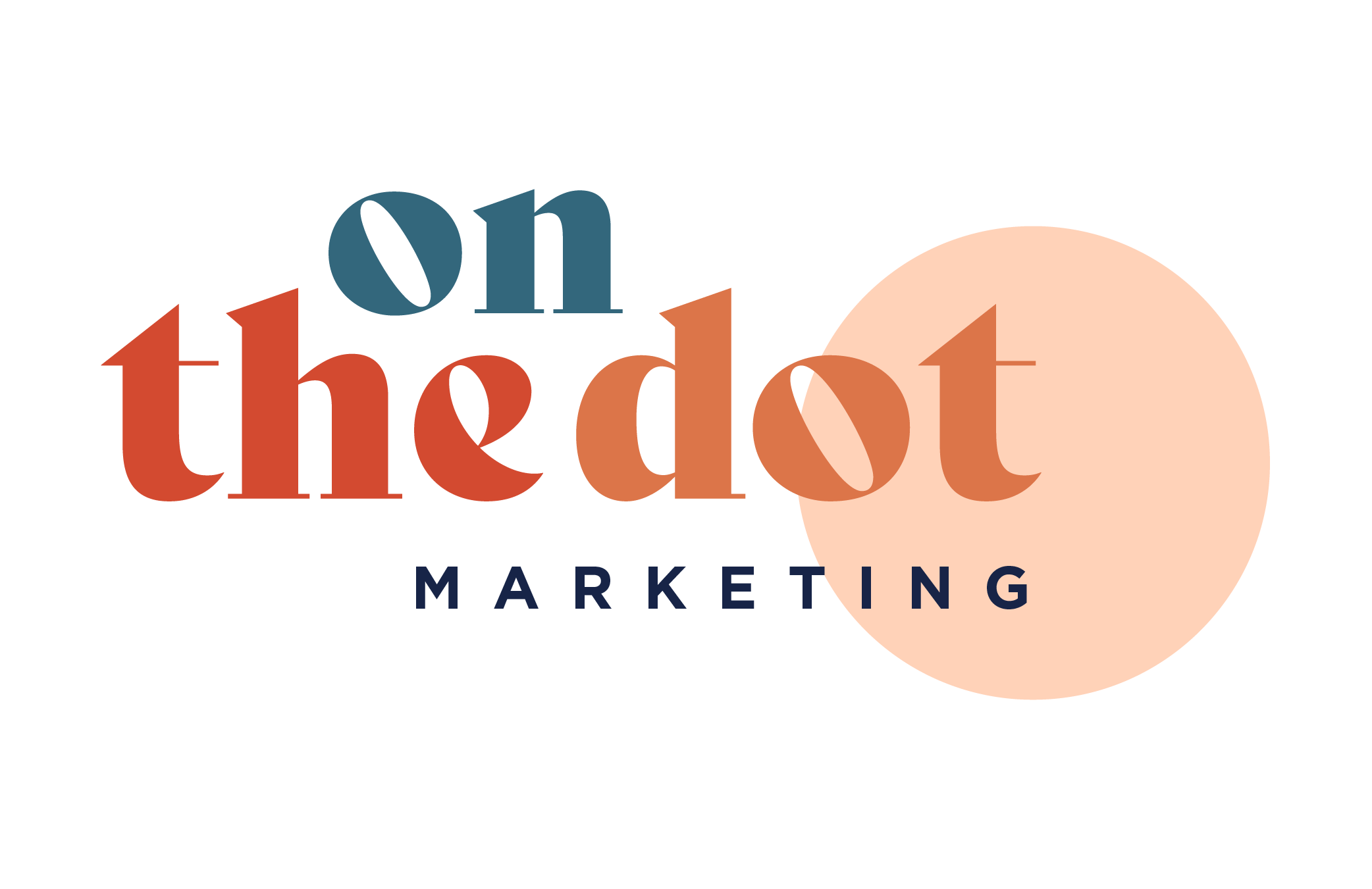
Integrated Marketing Planning - align those channels!
An integrated marketing campaign is essentially ensuring that all of your channels (for example, email, social media, press, blogs, online content etc.) are working together to promote a consistent message to a specific audience segment.
In essence, you want to make sure that all of your channels are aligned and singing from the same hymn sheet a) to make the campaign message stronger and b) to avoid any confusion.
By taking a holistic approach to your marketing campaigns, you can create a message that cuts through with more clarity and strength. Want more detail? I’ve summarised the benefits of this approach below and added in a step-by-step guide to creating your own integrated marketing plan further along in the blog.




